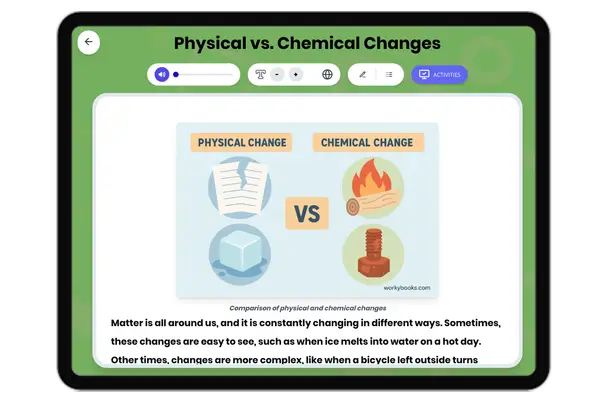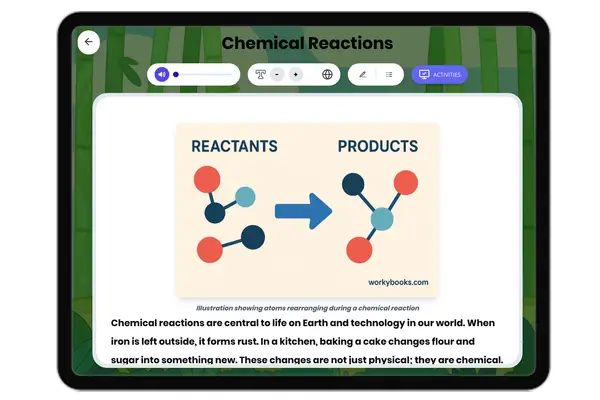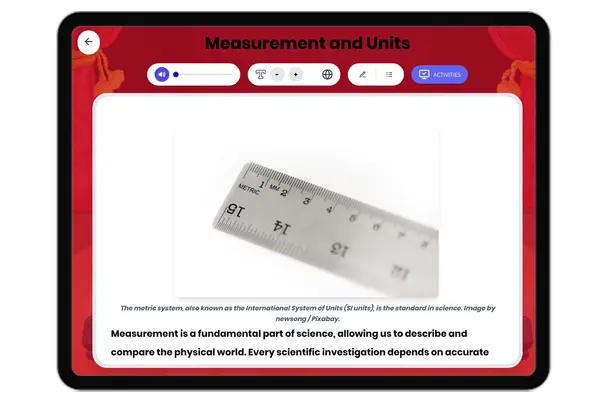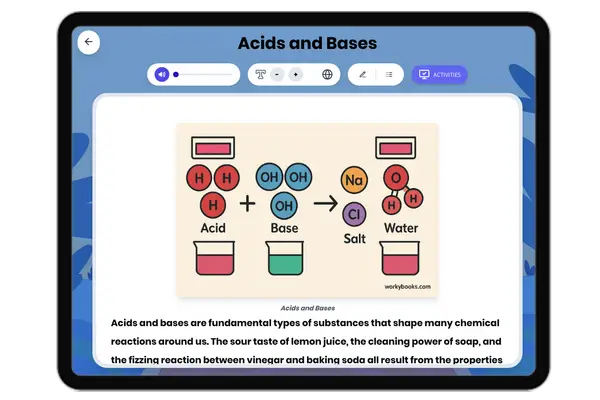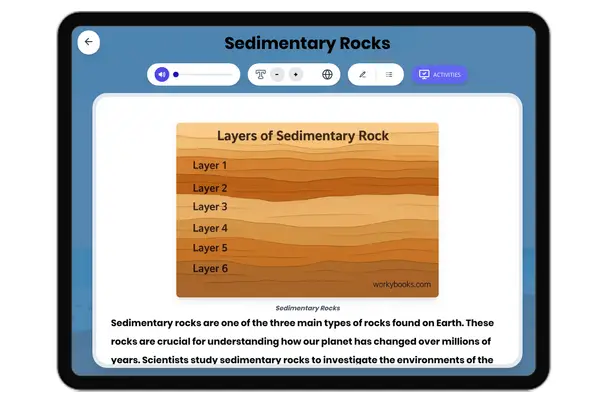Biological Weathering: Types and Examples — Reading Comprehension
Grades
- 5
- 6
- 7
- 8
Standards
- MS-ESS2-1
- MS-PS1-2
- RST.6-8.3
PRINT+DIGITAL RESOURCE
This learning resource is available in interactive and printable formats. The interactive worksheet can be played online and assigned to students. The Printable PDF version can be downloaded and printed for completion by hand.
About This Reader
This passage details biological weathering processes, connecting to NGSS MS-ESS2-1 (Earth's systems) and LS2.B (ecosystem interactions). It covers root penetration, lichen acid secretion (chem standards MS-PS1-2), and human impacts. Examples range from Yosemite's lichen-covered boulders to Angkor Wat's root damage. The text supports CCSS.ELA-LITERACY.RST.6-8.3 for sequencing scientific processes and emphasizes real-world applications in archaeology and soil science.
Perfect For:
👩🏫 Teachers
- • Reading comprehension practice
- • Auto-graded assessments
- • Literacy skill development
👨👩👧👦 Parents
- • Reading practice at home
- • Comprehension improvement
- • Educational reading time
🏠 Homeschoolers
- • Reading curriculum support
- • Independent reading practice
- • Progress monitoring
Reading Features:
📖
Reading Passage
Engaging fiction or nonfiction text
❓
Comprehension Quiz
Auto-graded questions
📊
Instant Feedback
Immediate results and scoring
📄
Printable Version
Download for offline reading
🔊
Read Aloud
Voice-over with word highlighting














